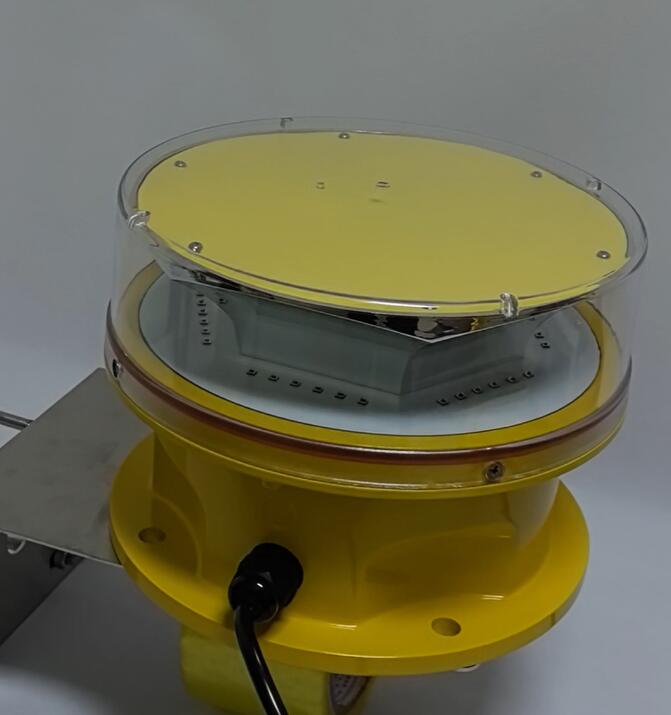
Aviation warning lights play a vital role in the aerospace industry. These lights are not just a visual accessory but a critical component that ensures the safety of aircraft and the people on the ground.
The primary purpose of aviation warning lights is to make aircraft visible, especially during low-light conditions or in areas with high air traffic density. They act as a clear signal to other pilots and ground personnel, reducing the risk of collisions and enhancing overall flight safety.
There are several types of aviation warning lights, each designed for specific applications. The most common ones include strobe lights, beacon lights, and anti-collision lights. Strobe lights are highly intense and flash rapidly, making the aircraft highly noticeable. Beacon lights, on the other hand, emit a steady and distinctive light pattern, often used to identify the aircraft's position and status. Anti-collision lights are usually red and flash at a specific frequency to warn other aircraft of potential proximity.

For example, on an airport runway, aircraft are equipped with these lights to alert ground control and other aircraft of their presence and movement. This is particularly important during takeoff and landing, when multiple aircraft may be operating in a confined space.
In addition to aircraft, structures such as tall towers, wind turbines, and communication antennas near airports also need to be fitted with aviation warning lights. This is to prevent aircraft from colliding with these obstacles, especially in poor visibility conditions.
rt
tg
45
67
66
89
The effectiveness of aviation warning lights depends on several factors. The intensity and color of the light, the flashing pattern, and the placement on the aircraft or structure all contribute to their visibility and recognition. Moreover, these lights must be properly maintained and tested to ensure they are functioning optimally at all times.

Advanced technologies have led to significant improvements in aviation warning lights. LED-based lights have become increasingly popular due to their energy efficiency, longer lifespan, and brighter output. Some systems are even equipped with smart sensors that can adjust the light intensity based on ambient conditions.
However, despite these advancements, challenges still exist. One such challenge is the potential for light interference from other sources, such as nearby buildings or vehicles. This can make it difficult for pilots to accurately identify the aviation warning lights. Another concern is the reliability of the power supply to these lights. Any disruption in power can compromise their functionality and pose a serious safety risk.
To address these challenges, strict regulations and standards are in place governing the design, installation, and maintenance of aviation warning lights. Aviation authorities around the world conduct regular inspections and audits to ensure compliance.
In conclusion, aviation warning lights are an indispensable part of modern aviation. Their role in preventing accidents and safeguarding lives cannot be overstated. Continued research and development in this field will undoubtedly lead to even more effective and reliable solutions, further enhancing the safety of our skies.
The importance of aviation warning lights should never be underestimated. Every flash and every glow is a silent guardian, ensuring that the journey of flight remains safe and secure. As the aviation industry continues to evolve, so too will the technology and application of these crucial safety indicators.